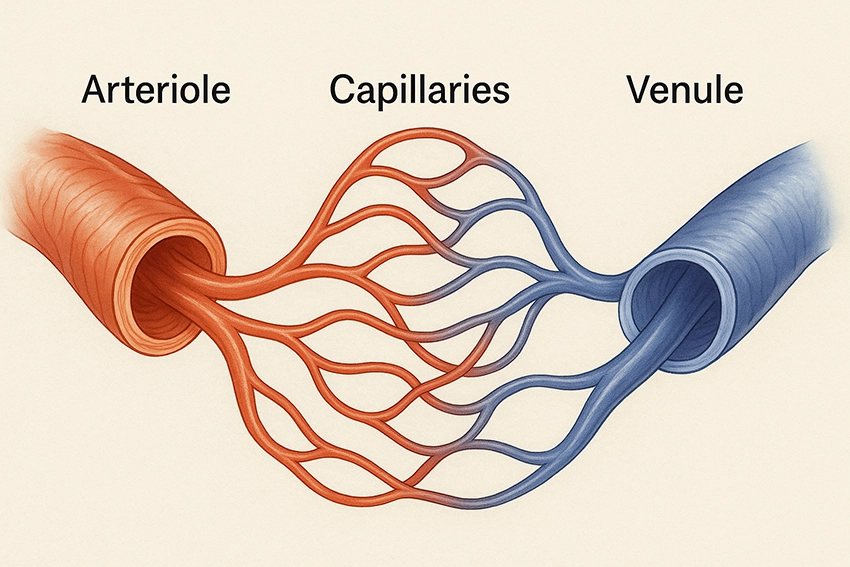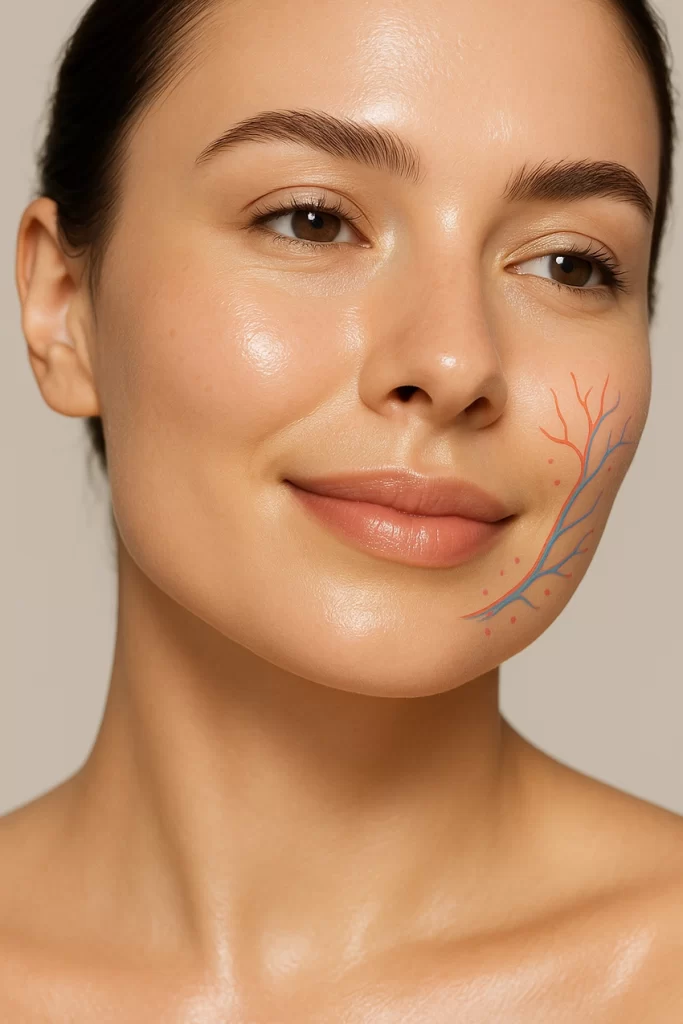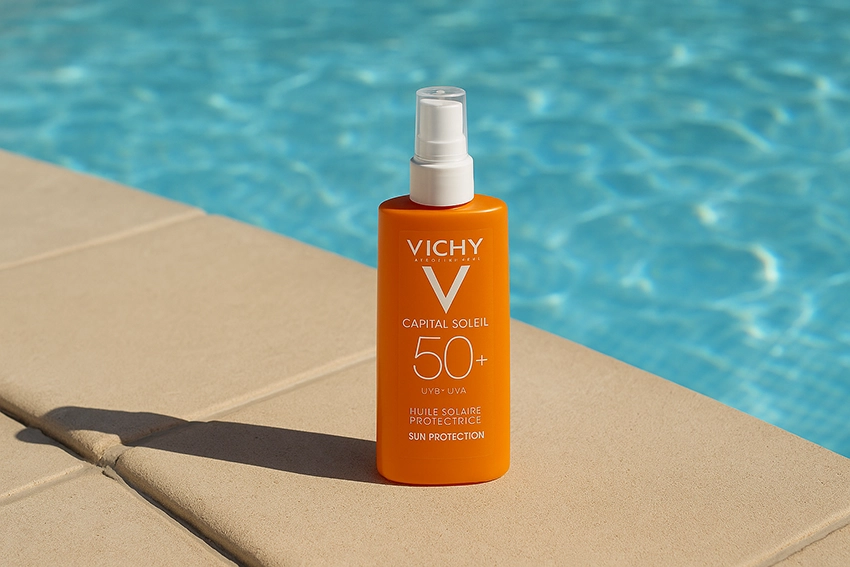Microcirculation – the tiny network of capillaries, arterioles, and venules – is one of the most important yet least known systems in the human body. These miniature blood vessels deliver oxygen and nutrients to the cells while removing waste products. Although we don’t directly feel the work of this microscopic blood flow, our overall health, skin quality, and regenerative ability depend heavily on it. In this article, we explain what microcirculation is, why it’s vital, what affects it, and how you can support it in your daily life.
What Exactly Is Microcirculation?
The capillary network is the smallest part of the circulatory system, made up of arterioles, capillaries, and venules. This microscopic vascular system is responsible for delivering oxygen and nutrients to the cells and removing waste products. Cellular-level blood flow is essential not only for metabolic processes but also for regulating body temperature, healing wounds, and managing inflammatory processes.

Diagram of microcirculation with capillary network
Why It Matters for Your Health
Without proper capillary blood flow, cells would not receive enough oxygen and nutrients. This can lead to fatigue, reduced immune function, slow wound healing, and even serious illnesses. A healthy capillary network supports the optimal functioning of organs, helps maintain cardiovascular health, and keeps brain functions sharp.
The Connection Between Skin Beauty and Blood Flow
Healthy, radiant, youthful skin depends on well-functioning microvascular circulation. When the skin’s capillaries work efficiently, cells regenerate faster, and the skin retains its elasticity and natural glow. Poor capillary flow, on the other hand, can make skin appear dull and dry, and slow down regeneration.

Close-up of healthy, glowing skin with good blood flow
What Can Weaken Capillary Blood Flow?
Several lifestyle and environmental factors can impair cellular circulation:
- Sedentary lifestyle and lack of exercise
- Poor diet, with excessive processed food consumption
- Smoking and excessive alcohol intake
- Chronic stress
- High blood sugar and metabolic disorders
- Advancing age
These factors can reduce the elasticity of tiny blood vessels, hindering the cells’ nutrient supply.

Walking woman with highlighted leg muscles and blood circulation illustration
How to Support It Naturally
- Regular exercise – walking, swimming, cycling, or dancing stimulate blood flow.
- Hot–cold contrast baths – improve vascular elasticity and circulation.
- Massage and stretching – help activate capillaries.
- Healthy diet – fresh vegetables, fruits, omega-3 fatty acids, vitamin C, and antioxidants support vascular health.
- Proper hydration – essential for optimal blood viscosity.
- Stress management – relaxation, meditation, and deep breathing reduce stress hormones that strain circulation.
Microcirculation and Disease Prevention
Weak capillary blood flow can often be an early sign of cardiovascular problems, diabetes, or chronic inflammation. Supporting this microscopic circulation not only improves overall well-being but can also reduce the risk of serious health issues in the long term.

Fresh fruits and vegetables supporting microcirculation
Frequently Asked Questions
Can microcirculation be improved at an older age?
Yes, lifestyle changes and regular exercise can noticeably enhance it at any age.
How quickly can you see improvements?
With consistent exercise and a healthy diet, results can be felt in energy levels and skin quality within a few weeks.
What are the signs of poor microcirculation?
Cold extremities, pale skin, slow wound healing, and reduced stamina.
Try it at home.
Key Takeaways
Microcirculation – also known as capillary blood flow – is the foundation of the body’s energy supply and regenerative ability. When it functions well, it supports healthy skin, vitality, and optimal organ performance. Through movement, proper nutrition, hydration, and stress management, it can be naturally strengthened, contributing to better well-being and long-term health.





